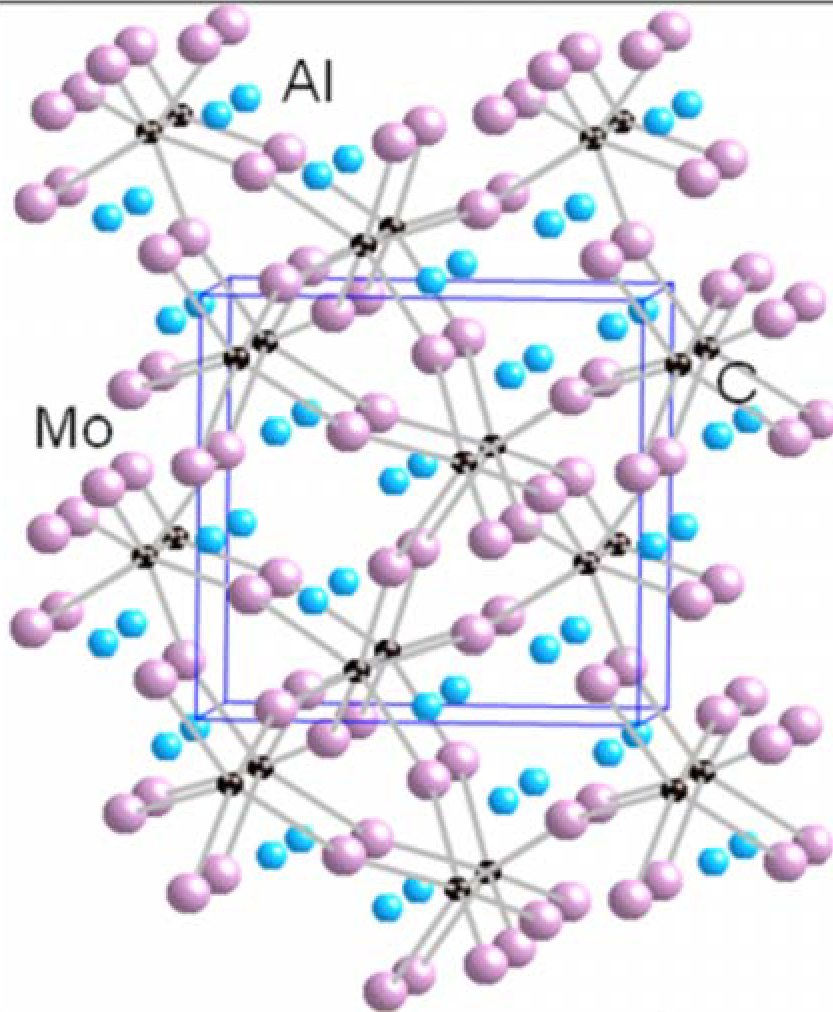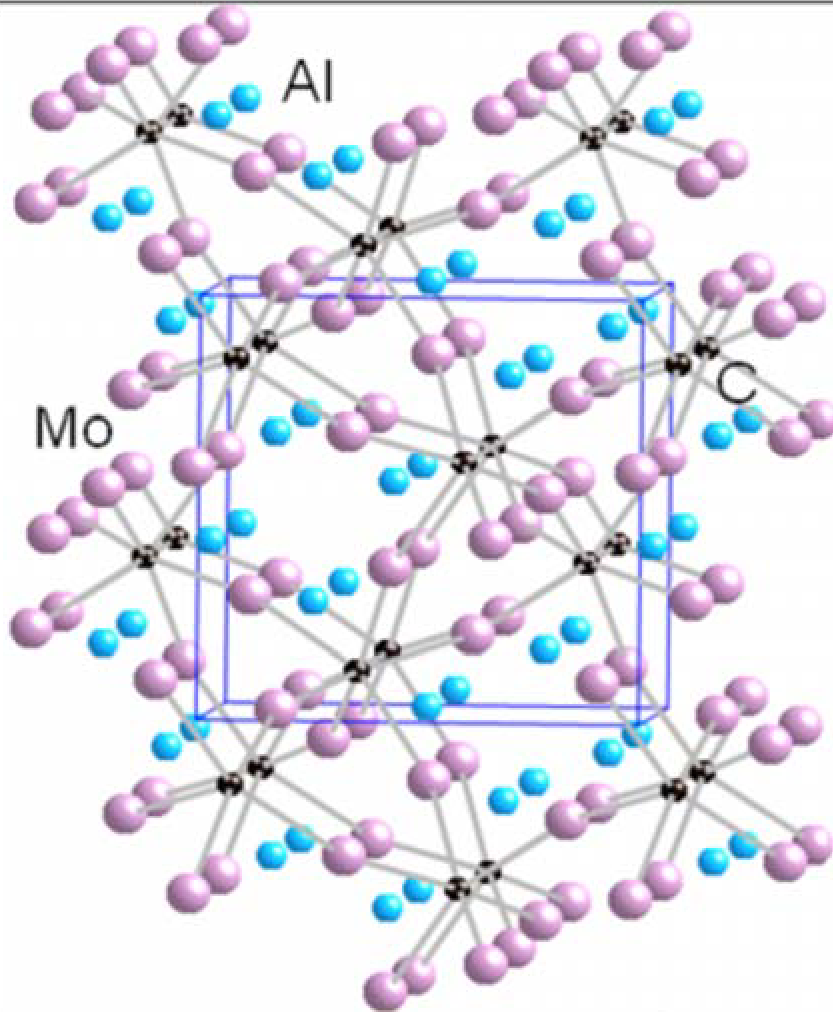Unconventional pairs
In superconductors, the appearance of dissipationless current is related to the formation of electron pairs with opposite spin and momentum. The symmetry of these pairs, which is constrained by the symmetries of the underlying crystal structure, defines important aspects of the superconducting state. So what happens to superconductivity when electron pairing occurs in a crystal structure that has no center of inversion?
This interesting question has been investigated in detail theoretically, and it was realized that in such cases the superconducting pairing is unconventional. In conventional (centrosymmetric) superconductors there can only be either spin-singlet or spin-triplet electron pairing, but in the absence of space-inversion symmetry the two can mix by the action of spin-orbit interaction (a relativistic effect), leading to unusual superconducting behavior.
This theoretical prediction has been tested experimentally in two independent articles that appear in Physical Review B. Ernst Bauer and collaborators from the Vienna University of Technology, Austria, with collaborators from China and Japan in one group, and Amar Karki and collaborators from Louisiana State University, US, with collaborators from Iowa State University, US, in the other, successfully grow and characterize . This material crystallizes in a noncentrosymmetric structure and undergoes a superconducting transition at . Both groups observe signs of unconventional pairing, hinting at a strong connection between noncentrosymmetry and unconventional superconductivity. – Athanasios Chantis





